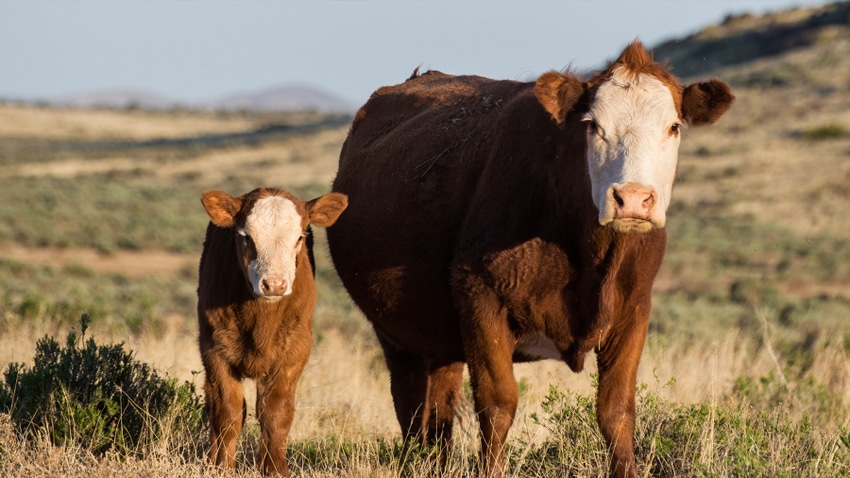February 23, 2024

by Bill Halfman
Calves born early in the calving season provide several advantages for beef cow-calf operations.
These calves have higher weaning weights than calves born later in the season. A higher weaning weight equates to more pounds of beef to market, so that is an advantage when marketing feeder calves.
Herds with a higher percentage of calves born early have more uniform groups of feeder calves to sell than herds with greater calving distributions. Uniform groups are of more interest to calf buyers and often bring higher prices than groups that lack uniformity.
From the cow’s standpoint, cows that calve early in the calving season have more time to recover body condition and reproductive health before their next breeding season. They are more likely to be cycling at the start of the breeding season, conceive and therefore calve early again.
Research reports heifers born in the first interval (21 days) in their calving season:
are larger and more likely to be cycling at the beginning of their first breeding season
are more likely to calve earlier in their first calving season
exhibit greater longevity, averaging about one more year compared to those that calved in the later intervals
wean larger calves during the first six seasons than those whose first calf was born in later intervals
A higher percentage of calves born in the first interval of the calving season leads to a larger pool of heifers to select replacements from. This is advantageous for producers who want to be more selective when identifying potential replacement heifers.
For farmers who finish out their calf crop, early-born steers have greater potential for higher-value carcasses. Research comparing steer feedlot and carcass performance based on the calving interval when they were born found steers born in the first 21-day interval of the calving season had greater hot carcass weights, marbling scores and carcass value. Calves born in the first interval had a higher percent grading average Choice or better. However, rate of gain was not different.
Calculating the herd’s calving distribution is one way producers can evaluate their herd’s reproductive performance. Calving distribution involves calculating the percent of calves born during each 21-day interval of the season, (21, 42, 63 and those born after 63 days).
Determining the start of the calving season can be done two ways, according to Standardized Performance Analysis guidelines. One method is to start 285 days after the bull turn-in date with the mature cows. The second method is to start when the third mature cow (3 years old and older) calves. Use the same method every year to evaluate how the herd is doing.
CHAPS benchmarks
Cow Herd Appraisal Performance Software from North Dakota State University benchmarks reported a whole-herd average distribution of 63% of calves born in the first 21 days of the calving season, 87% of the herd calving by the end of the second 21-day period, and 96% by the third 21-day period. The benchmark data is available at ndsu.edu/chaps.
If your distribution is less than ideal, a review of herd nutrition and management for opportunities for improvement is in order. Estrus synchronization programs are another tool that may help increase the percentage of calves born early, but they will not work well if nutrition and other management problems exist. Information about the various estrus synchronization programs and calendar schedules are available from the Beef Reproduction Task Force.
In summary, there are many advantages to having a high percentage of calves born early in the calving season. Take the time to calculate your calving season distribution to determine how your herd is doing and if there are opportunities for improvement.
Halfman is a University of Wisconsin Extension beef specialist.
You May Also Like




